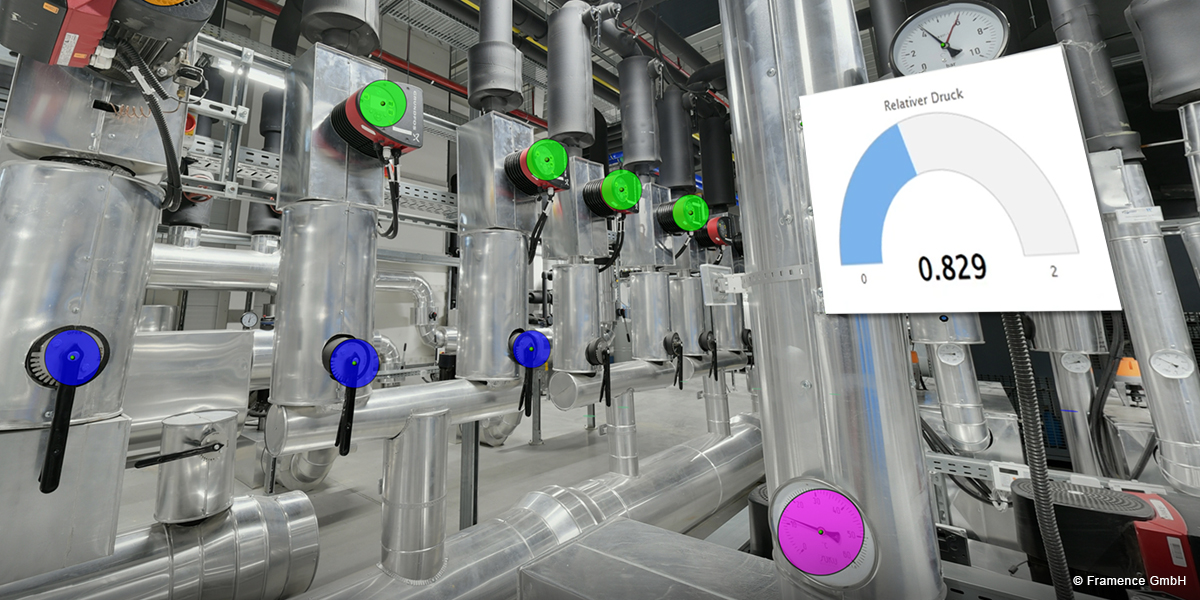Looking at the market for data collection nowadays, many players propagate the creation of 3D CAD models as the ultimate truth. Based upon point measurements, point clouds or photogrammetry, complex models are modelled by hand, which are then to be used as a visual basis in processes. In order to speed up the process from the first measuring point to a model, the first very rudimentary approaches to automate this are appearing, using neural networks.
But is a 3D CAD model indeed the right medium to support various processes?
Certainly, there is no getting around such a “real” 3D model during the construction and planning phase. If it is necessary to design, plan new systems or components or plan extensive conversions, a 3D CAD model is the first choice. This has been a very successful practice for many years and should not be shaken up.
For many other processes of building or plant operation, such abstract models are not purposeful, especially if visual information is also required for decision-making.
Even more in the area of maintenance or repair, the visual impression of the environment is often more decisive, but also during controls and tests. The abstract 3D CAD models reach their limits here, as they cannot depict the local situation in detail. In order to be profitable for the above-mentioned processes, the model used must exactly reflect reality with all its details. Photo-realistic 3D models are predestined for this, because they always represent the environment as it is. Since all information is implicit in photos, there is no need to balance the desired level of detail (LoD) with the acceptable effort. In the photo-realistic model, the user always sees exactly what he would see in reality.
In order to be able to serve as a reliable database for decision making, it is essential that the models in use are always up to date. However, the modelling effort associated with CAD, for reasons of cost, implies that the data are not updated regularly and only when major changes are made. A model that is based only on simple photos has the great advantage that it can be updated not only quickly, but above all inexpensively. The replacement of a system, for example, can be documented by the technician with a few cell phone photos and the model can be updated. This ensures that even the smallest changes find their way into the model. In practice it is precisely these little things that can make the decisive difference.
Such an image model can also bring advantages in some areas of the planning processes. Thanks to smart algorithms and modern IT processes, the image models are dimensionally accurate to the centimetre. In this way the user can plan three-dimensionally directly in the real environment, collecting dimensions where necessary or inserting new components. The use of visual reality is often an advantage for the pre-planning processes or for internal communication and decision-making, as it is easier to transport and explain.
While there is no getting around “real” 3D CAD models in construction and implementation planning, dimensionally accurate image models are clearly the better choice for operational and usage processes. They are understandable even for nonspecialised workers, implicitly contain a multitude of information and details and can be updated by almost any employee using commercially available hardware.
In the FRAMENCE models, you and your colleagues can work like in reality, but now virtually on a digital device.








